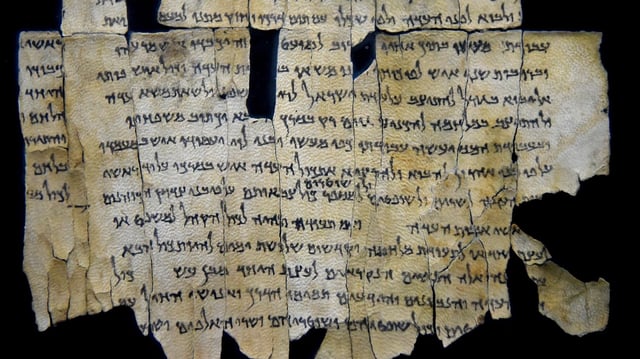Overview
- The Enoch model was trained on 24 radiocarbon-dated manuscripts and validated on 13 additional images, achieving 79% realistic dating accuracy across 135 undated scroll fragments.
- Re-dating by Enoch suggests numerous scrolls originate in the late third to early second century BCE, extending their age estimates by up to a century.
- Two biblical fragments—one from Daniel and another from Ecclesiastes—were identified as produced during the lifetimes of their presumed authors, marking a first for direct manuscript dating.
- Analysis indicates Hasmonaean and Herodian scripts coexisted from the late second century BCE, overturning the view that these styles emerged sequentially.
- Researchers say Enoch’s non-destructive, scalable approach could refine the chronology of other ancient manuscript collections and transform historical timelines.

